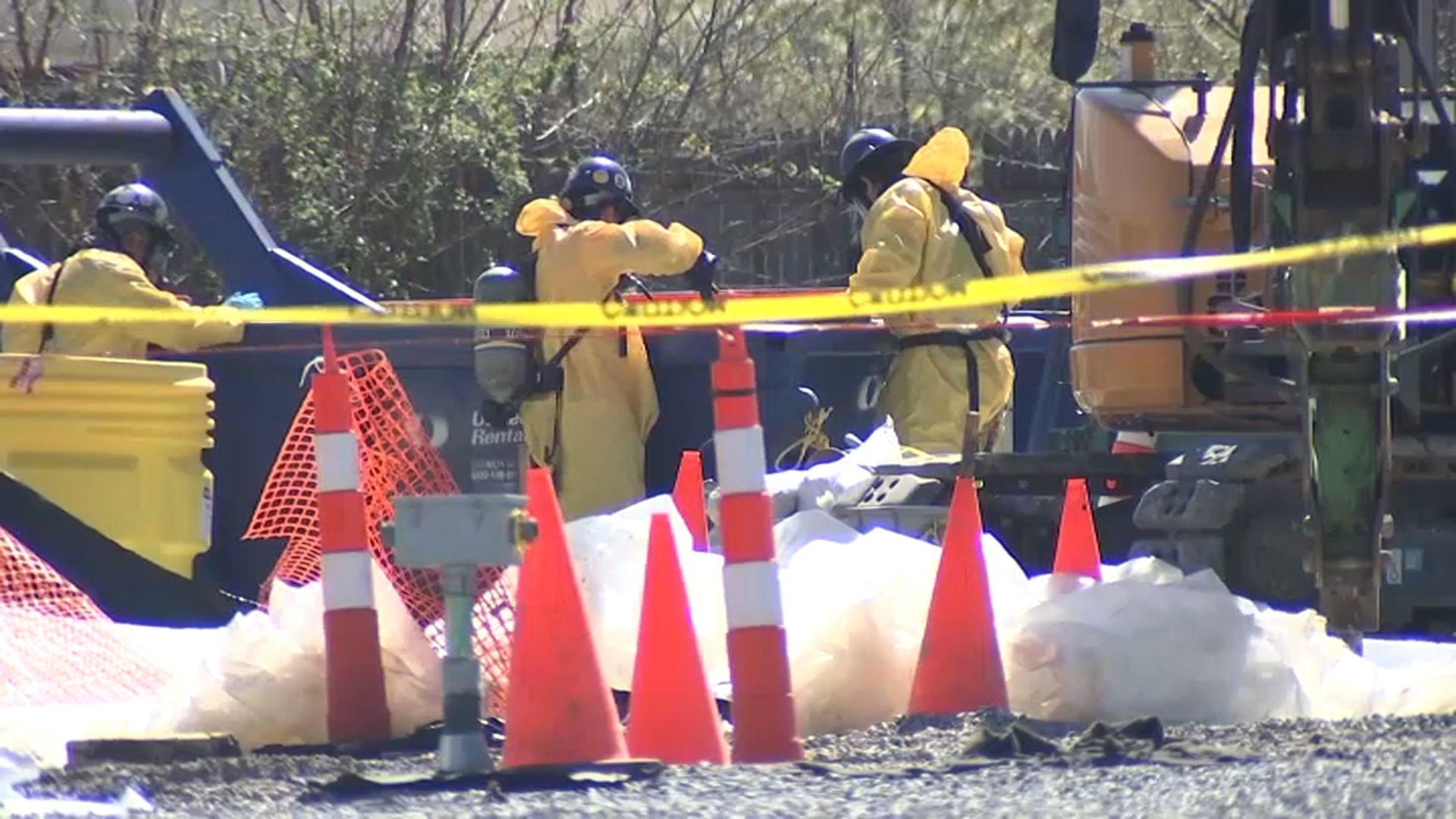What if Sandy could have been diverted from the East Coast? What if scientists could have cooled the ocean underneath the storm clouds, depriving the hurricane of the warm energy it needed to keep barreling toward New York and New Jersey?
Dr. Alan Blumberg, an oceanographer with the Stevens Institute of Technology in Hoboken, says he knows how to do just that. And it would only cost about $300 million, a mere fraction of the $50 billion in damage Sandy is estimated to have caused.
“Imagine New York City, if we could stop Hurricane Sandy before it got here, it would be unbelievably cost effective,” Blumberg said.
His plan is to slow down a hurricane by deploying hundreds of thousands of floating tubular pumps -- directly in the path of an approaching storm.
Each pump would be upwards of a thousand feet long, using the kinetic energy of undulating waves to draw cold water from the depths of the ocean all the way to the surface. By cooling the surface water just two degrees, Blumberg estimates a storm could be reduced from a category-3 to a category-1 designation. From a category-5 to a category-3 designation.
“We need two or three days’ notice to put the pumps out in the water ahead of the eye, so that two or three days of pumping will cool that surface enough. When the hurricane gets to it -- it will impact it and reduce its intensity,” Blumberg said.
Sandy’s expansive path of destruction has revived interest in work like Blumberg’s, a peculiar field of inquiry known as “weather modification.” Essentially it is the study of how human intervention might alter the path of a storm. In the 1960s, the US government explored this question by “seeding” hurricanes with silver iodide, a compound thought to decrease wind speeds. The results were inconclusive.
Local
Other scientists have considered even more exotic ideas aimed at redirecting storms -- or dissolving them way out in the ocean. Some have written about towing icebergs into the paths of storms or even detonating nuclear bombs in the eyes of hurricanes in order to disrupt the temperature imbalances that help hurricanes maintain their spiral shape.
Blumberg says his idea needs more study, particularly the logistics of how and when to deploy those thousands of tubular pumps.
Weather modification theories have long fascinated scientists, but civil engineers have traditionally focused on proven strategies to fortify cities against hurricanes.
Experts at Polytechnic Institute of New York University suggest flood-proofing vehicle and subway tunnels would be one of the most cost-effective ways to shield against the destructive power of hurricane storm surge.
Professor Fletcher “Bud” Griffis says the crippling power outages caused by Sandy should encourage regional planners to modernize the electrical distribution network.
“We lose power now in this region routinely with small thunderstorms,” Griffis said. “You can flood-proof the transformer vaults and Con Edison facilities. It might be an opportunity now to go to the outer boroughs and put those electrical distribution lines underground.”
Dr. Anne Dudek Ronan, also a civil engineering professor at NYU Poly, said a top priority should be increasing the effectiveness of the region’s evacuation protocols.
“I was very disappointed and heartbroken when I saw those people who didn’t evacuate. ‘It never happened before, I’ll take my chances.’ We all say that - but please - trust the scientists,” said Ronan.



